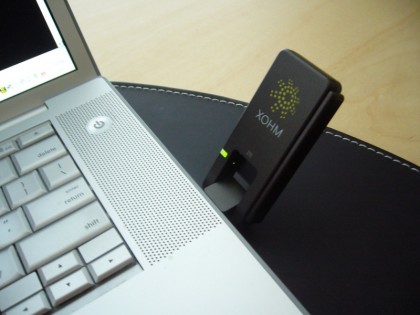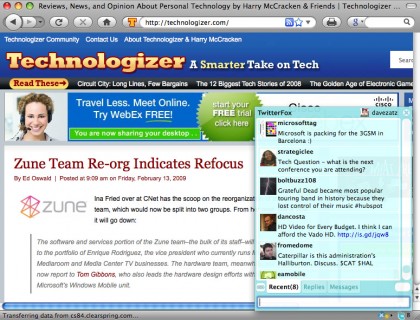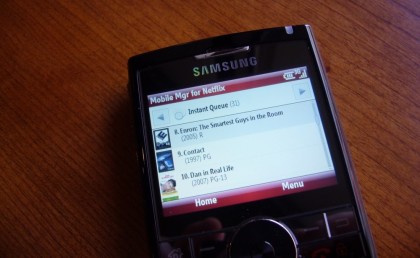
For the better off of ten years, I’ve been a fairly frequent business and pleasure traveler. And staying connected has always been a top priority. Back in the old days, our options were quite limited – usually involving dialup access of some sort. I distinctly recall using a Palm V and modem to quickly check email, without firing up a laptop, while on the road in 1999 or 2000. The situation is much better these days, with numerous and exponentially faster wireless options.
Although both can be great options, for the purpose of this post, we’ll set aside mobile phone tethering and pervasive WiFi services to focus on dedicated data cards. If your (or your employer’s) budget permits, broadband cards (or integrated services) generally provide the quickest and most secure way to hit the Internet from a laptop and run about $60/month. The last few years, I’ve utilized several 3G cards from Verizon, Sprint, and AT&T (plus a 4G Xohm card, pictured above) all over the country.
In choosing a broadband card and service, most modern 3G hardware should be fine. Assuming you can get a good deal (which you usually can), the key factors in making a decision are access, coverage, and contract terms. Of course, if your employer is providing the card, this could be out of your hands. But notice I said 3G. That should immediately rule out T-Mobile with their fledgling 3G network and Clear/Xohm+Sprint with their slowly expanding 4G WiMax network – the footprint is small, and only suitable for folks who rarely need to access data services outside their home area. So that leaves AT&T, Verizon, and Sprint (3G).


